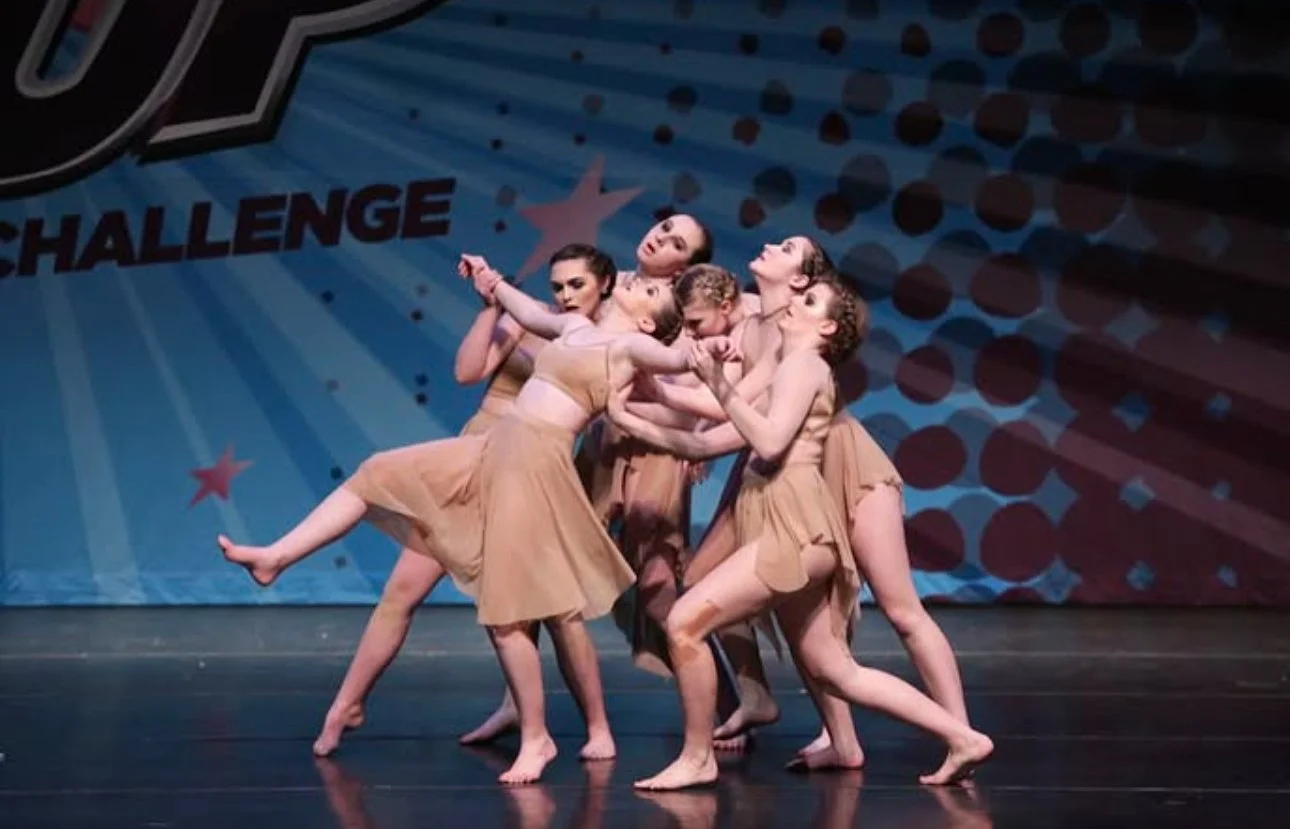"An Artist’s Duty" | Choreographed by Shanzell Q. Page
“An artist’s duty is to reflect the times.” These powerful words, spoken by Nina Simone, open this piece and set the tone for what follows. An Artist’s Duty is my interpretation of this calling—a reflection of the complexities of the human experience that shape us. Using Horton, Graham, and Dunham techniques, this choreography journeys through the raw and layered meaning behind “The House of the Rising Sun”, as recorded live by Nina Simone in Greenwich Village in 1962.
The song itself is steeped in history, often interpreted as a cautionary tale speaking to themes of struggle, redemption, and cycles of despair and hope. In this piece, I sought to translate those themes into movement, exploring how the weight of one’s past, the pull of vice, and the possibility of renewal can be expressed through the body.
The Movement: A Story Told Through Dance
Inspired by the grounded strength of Horton technique, the emotional depth of Graham, and the rhythmic flow of Dunham, the choreography shifts through phases that reflect the song’s narrative arc:
Descent into Darkness: Early movements emphasize groundedness and tension, capturing the weight of regret and entrapment. Strong lines and controlled contractions evoke a sense of inevitability, of being drawn deeper into the cycle of hardship.
Reflection and Reckoning: Graham’s spirals and emotive gestures take center stage here, reflecting the introspection and pain carried by the song’s protagonist. The fluidity of these movements contrasts with the earlier rigidity, representing the struggle to break free.
Fleeting Moments of Liberation: Dunham-inspired sequences celebrate resilience and resistance, incorporating rhythmic elements that suggest fleeting joy and the hope for renewal. These moments are as much a release as they are a reminder of the enduring fight to rise above circumstance.
The Symbolism: The House and the Journey
The “House of the Rising Sun” serves as a metaphor for the spaces, choices, and cycles that bind us. The choreography reflects this through an interplay of space and energy—embodying the duality of freedom and captivity. The piece asks: What does it mean to be trapped by our circumstances? How do we carry the weight of history, and how do we rise?
The Artistic Duty
At its core, An Artist’s Duty is a meditation on how art can illuminate the stories that need to be told, the pain that must be acknowledged, and the hope that refuses to fade. It bridges the personal and the collective, showing how individual narratives are shaped by larger societal forces and how movement can serve as both an outlet and a call to action.
This piece is not only a homage to Nina Simone but also a testament to the power of dance as a medium of storytelling, and resistance. By blending the techniques of Horton, Graham, and Dunham, the choreography pays tribute to the legacy of these dance pioneers while using their methods to explore contemporary themes.
Reflections
An Artist’s Duty is my attempt to embody the truth behind Simone’s statement: that art must hold a mirror to society, reflecting both its beauty and its flaws. It’s a reminder that the stories we tell—through music, through movement, through any form of expression—have the power to resonate across time, connecting past struggles to present realities and future possibilities.
Thank you for taking the time to witness this piece. I hope it moves you to reflect on your own journey, on the cycles we find ourselves in, and on the transformative power of art to reveal, resist, and renew.


